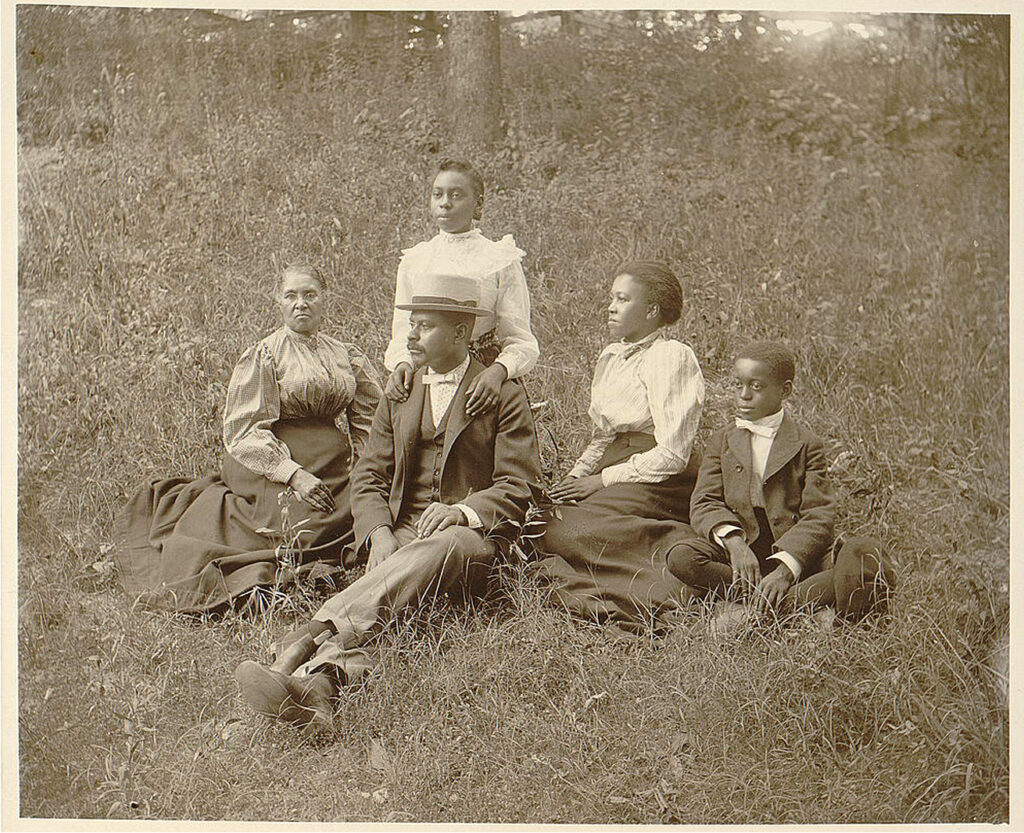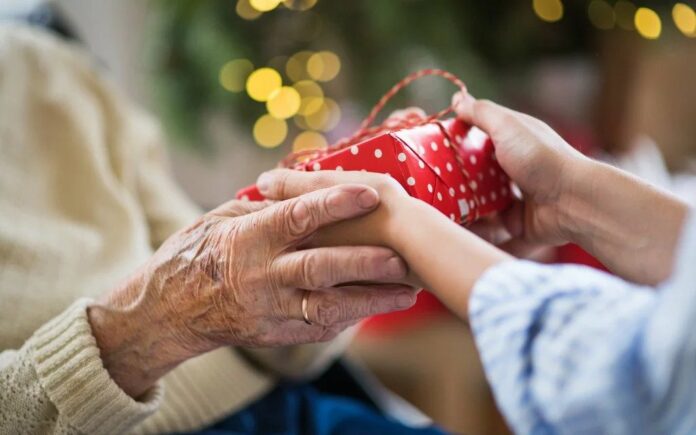Passing down an heirloom is not hard but tricky. Do you want to make sure that your family heirlooms, your things and memories for generations to come? It’s not too hard, but you must take steps to make it happen.
First of all, don’t worry if you don’t have fancy things like vacation homes or expensive stocks. The things that really matter are the ones that have sentimental value to you and your family. These heirlooms might not be worth a lot of money, but they are priceless because of the memories they hold.
However, even though these heirlooms might seem small and unimportant, they can become a big problem when it’s time to divide them among family members. That’s why it’s a good idea to start organizing heirlooms now, even if you’re not planning on giving them away anytime soon.
You can avoid arguments and confusion later by being deliberate about which items you want to keep and which ones you want to pass down to your family. So take time to gather information and decide about your belongings. That way, when it’s time to pass them on heirlooms, you can be sure they’ll end up in the right hands and be treasured for years.
RELATED: How to Create a Family Heirloom to Pass Onto Your Daughter
Owner’s Keepers

Before passing down an heirloom, it’s important to make sure it really belongs to you. You don’t want to give away something valuable or sentimental to someone only to find out later that it wasn’t actually yours to give away.
In some families, some heirlooms may be passed down from generation to generation. But sometimes, these items may have been borrowed or temporarily stored by someone else, so it’s important to check before giving them away.
For example, you may have stored your family’s treasures in a borrowed attic or basement while in college. Or, you might have accidentally kept your grandma’s photo collection that was never meant to be yours.
But don’t worry! There are ways to share the memories attached to these items without actually giving them away. You can scan old photos, letters, and artwork and store them electronically or print them out to display.
This also goes for big-ticket items like toys or handmade furniture. Sometimes it’s the memories that you want to hold onto rather than the physical item. So, taking a few photos can help spread love among many people.
If you attach a written description to your heirlooms, they can become even more valuable to future recipients. This will help keep the memories and stories alive for generations to come. So, grab a pencil and get ready to start sharing your family’s history.
Get Your Story Straight
So you want to ensure your family heirlooms are treasured for generations to come? Well, one way to do that is by recording their history! You’ll need some archival-quality paper and a pencil, but most importantly, you’ll need to remember all the details.
It might be easy to remember that your sterling silver photo frame was a gift from Aunt Betty, but do you know why she gave it to you?
Maybe it survived a house fire and is one of the few things that have personal meaning and history. That kind of information is really valuable to pass down to future generations!
To remember these details, you can use old photographs to prompt your memory or ask other relatives about their recollections.
Re-telling the personal story behind each heirloom – who it originally belonged to, why it’s steeped in history, and why it’s important to pass it down – will add even more value to each item.
But before you start giving away your family treasures, you should make sure that the recipient really wants it and won’t see it as a burden.
So, take some time to plan ahead and communicate each piece’s story. This will make it possible for the keepsake to become part of the next generation’s living history and be treasured for years to come.

Take The Burden Off
You may have an old piano that you love in your living room, but your niece living in a small apartment may not have the space for it.
It’s important to consider practical factors when passing down heirlooms, even if you have strong sentimental feelings about them.
First, find out if the person you want to give the heirloom to will appreciate it or feel obligated to accept it. You can ask them directly and be prepared for their answer. The family heirloom should go to someone who will treasure it rather than see it as a burden.
Next, consider the item’s value to you and your family. If it hasn’t been particularly valuable or important to you since you’ve owned it, it might be time to let it go.
When passing down a keepsake, it’s important to clearly identify why it’s valuable, whether it’s because of its sentimental or intrinsic worth.
If you have a rare collector’s item that no one in your family wants, consider donating it to a local historical society. It could become part of the community’s history and be enjoyed by many.
And if you have family members fighting over a single item, don’t worry; there are solutions for that too! We’ll talk about that on the next page.
RELATED: 15 Common Family Heirlooms You May Find in Your Home
Ask for Other’s Opinions
So when you’re giving away your precious family heirlooms, you might be tempted to make assumptions about what your kids or other family members want.
But before you do that, it’s important to find out what they remember about the items you’d like to give them. You might be surprised by what they say!
The things that people value the most are often connected to shared experiences, like an ordinary Mason jar that held freshly cut garden roses or dad’s old baseball mitt.
Even though these items might not be at the top of your “most valuable possessions” list, they might be really important to someone else because of the memories they hold.
It’s also important to remember that another might not be interested in what one person loves. So, before you give something away, have a conversation with your kids about what they really want.
This will help you figure out how to divide your possessions among them fairly. For example, if you have a diamond pendant, you could create a system where each sister can wear it for a year.
If you’re holding back some items for later, make sure you preserve them so they’ll stand the test of time. We’ve got some tips for doing that on the next page.
Preserve the Family Heirlooms
When it comes to preserving heirlooms, it’s not just about keeping them away from mothballs. Knowing how to store and care for family heirlooms properly is important, so they stay in good condition. This is especially important if you plan on passing them down to future generations.
One of the biggest threats to heirlooms is direct sunlight. Fabrics, papers, wooden furniture, and photographs can all be damaged by exposure to sunlight.
It’s best to store items in a location with moderate climate control, avoiding extreme temperatures or humidity. This can help prevent damage and preserve your keepsakes for years to come.
Remember, you don’t have to save everything. Keeping fewer items can make them more special, and your children will appreciate not having to sort through many unnecessary items later on. It’s better to store a few cherished items properly than to have a bunch of junk taking up space in your home.




